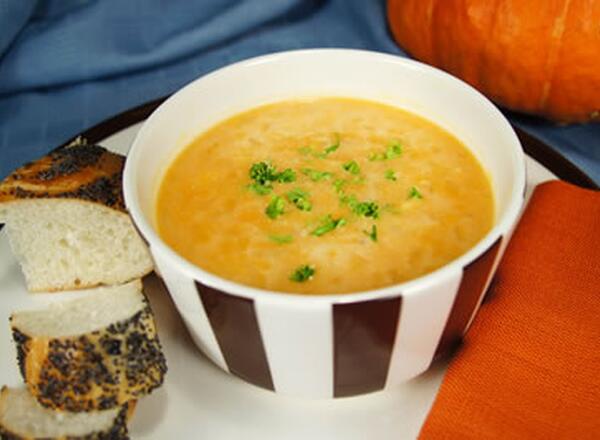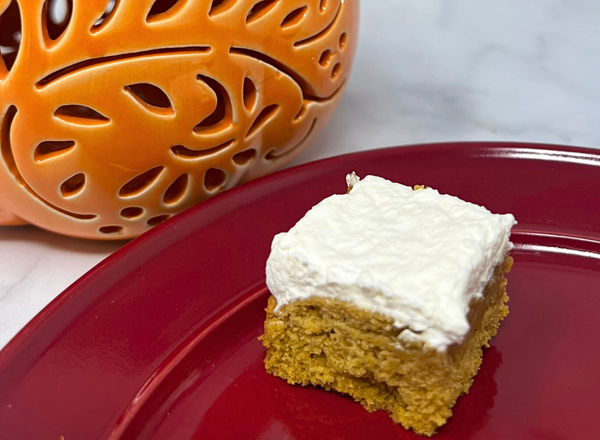The perfect fall treat
Pumpkins are big business in Illinois.
Currently, Illinois harvests more than twice as many pumpkin acres as the next five states combined, with production exceeding 634 million pounds in 2022. The next closest state, Indiana, grew just over 161 million pounds of pumpkins. With the large 17,000 acres of production come two of the largest pumpkin processing plants in Illinois, including Nestle Libby in Morton and Seneca Foods in Princeville.
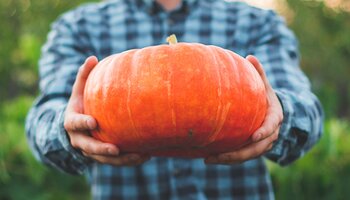
Pumpkin FAQs
Discover answers to your most popular pumpkin questions.
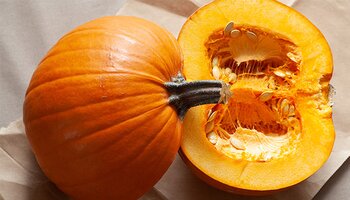
Preserve Pumpkins
A Nutrition and Wellness Educator provides tips for curing and storing pumpkins effectively.
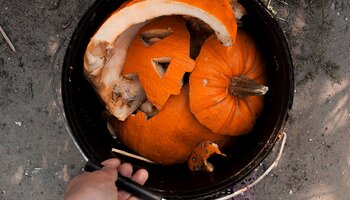
Compost Pumpkins
Turn your deflated pumpkins into food for next year's crop!
Good to eat
The bright orange color of pumpkin is a dead giveaway that pumpkin is loaded with an important antioxidant, beta-carotene. Beta-carotene is one of the plant carotenoids converted to vitamin A in the body. In the conversion to vitamin A, beta carotene performs many important functions in overall health.
A diet rich in foods containing beta-carotene may reduce the risk of developing certain types of cancer and offers protect against heart disease. Beta-carotene offers protection against other diseases as well as some degenerative aspects of aging.
Title
How to pick the perfect pumpkin
This video version of the Good Growing Podcast features Nathan Johanning, a commercial ag educator and pumpkin grower, discussing the pumpkin growing season, common pests, ideal pumpkin varieties, and tips for picking, storing, and disposing of pumpkins. The episode also touches on managing pumpkin diseases, the role of pollinators, and recommendations for hull-less pumpkin seed cultivars.
